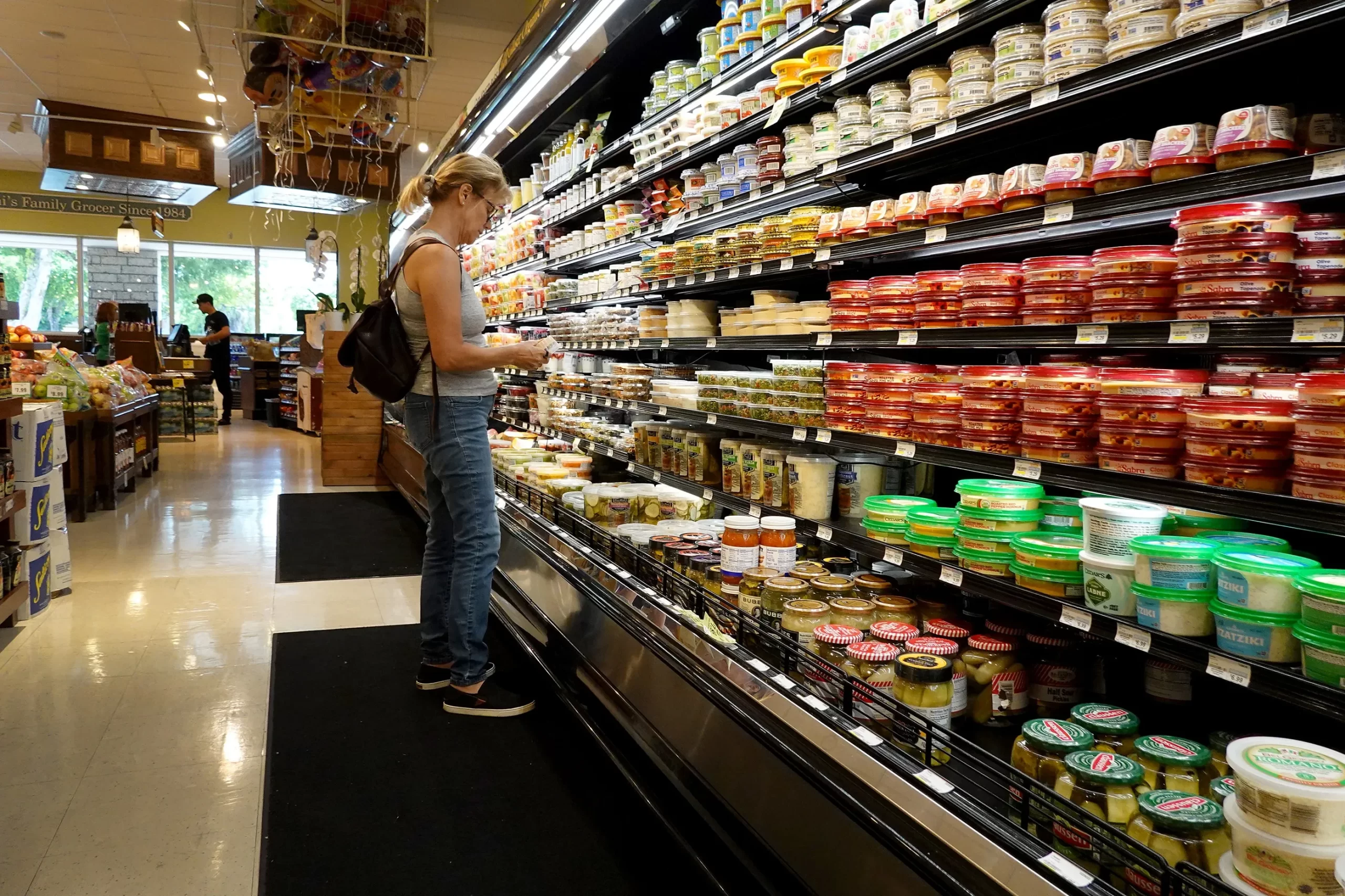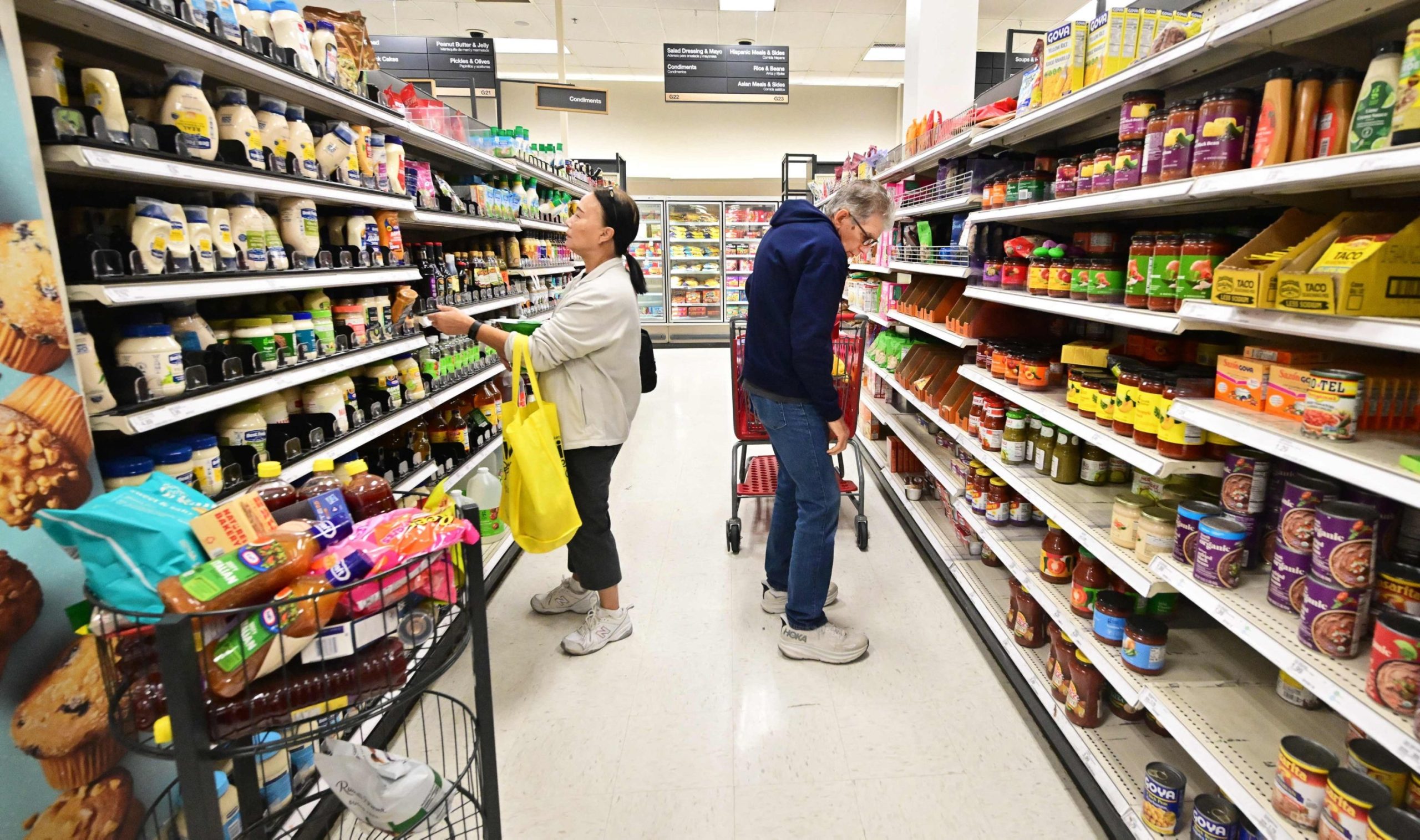Many Americans find themselves grappling with a sense of unease regarding the economy, primarily due to the pervasive feeling that prices are soaring beyond reason.
While the pace of price increases may have slowed compared to previous periods, the average cost of goods remains significantly higher than it was just three years ago. For instance, a simple 2-liter bottle of soda, which sold for an average of $1.67 in February 2021, now commands $2.25, marking a substantial 35% increase. Similarly, despite fluctuations, egg prices remain 43% higher than they were three years prior.
The trend extends to used cars as well, with average prices escalating from around $23,000 in February 2021 to $31,000 in April 2022, before settling at $26,752 last month—an increase of 16% from pre-pandemic levels.
In an ideal scenario, prices would deflate, offering relief to consumers burdened by the economic aftermath of the pandemic. However, the current state of disinflation—where price increases are slowing but still evident—fails to assuage public dissatisfaction, posing a potential challenge to President Joe Biden’s reelection prospects.
Lisa Cook, a member of the Federal Reserve’s Board of Governors, highlighted the public’s desire for deflation, emphasizing a yearning for pre-pandemic price levels.

However, economists caution against romanticizing deflation, citing its adverse implications for the economy. Deflation, characterized by a sustained and widespread decrease in prices across various sectors, hasn’t afflicted the United States since the Great Depression of the 1930s.
Japan’s more recent encounter with deflation serves as a cautionary tale, emerging from decades of plummeting prices following the collapse of its property and financial markets in the early 1990s.
Contrary to popular belief, deflation isn’t necessarily a boon for consumers. While falling prices may initially appear advantageous, they often deter spending as consumers anticipate further reductions. This reluctance to spend disrupts the economy’s delicate balance, given that consumer spending constitutes around 70% of the US economy.
A scenario where consumers withhold spending triggers a chain reaction, compelling businesses to slash prices to stimulate sales, potentially leading to layoffs and wage cuts. The resulting decrease in consumer confidence exacerbates the situation, spiraling into what economists term a “deflationary spiral” and possibly triggering another recession.

Recognizing these risks, central banks have historically employed various measures, such as keeping interest rates near zero, to combat deflationary pressures and stimulate economic activity.
Furthermore, deflation exacerbates the financial strain on borrowers by inflating the real value of their debts.
While falling prices may appear beneficial by stretching consumers’ purchasing power, economists caution against downplaying the economic perils associated with deflation. Historical analysis suggests that the correlation between falling prices and economic growth is weak, with exceptions such as the devastating economic downturn during the Great Depression.
Moreover, deflation poses risks beyond consumer prices, such as asset depreciation, which can destabilize financial institutions and precipitate broader economic crises.
In light of these complexities, the allure of deflation as a panacea for economic woes appears increasingly dubious, emphasizing the need for nuanced economic policy responses to navigate the intricacies of price stability and sustainable growth.


